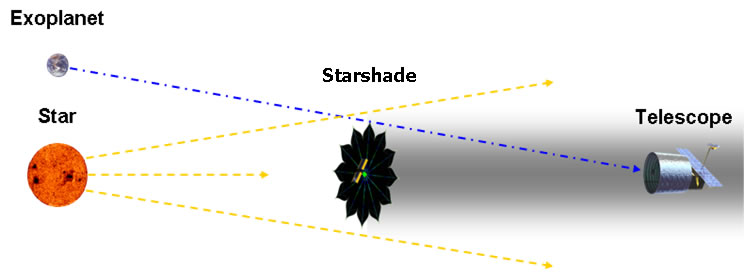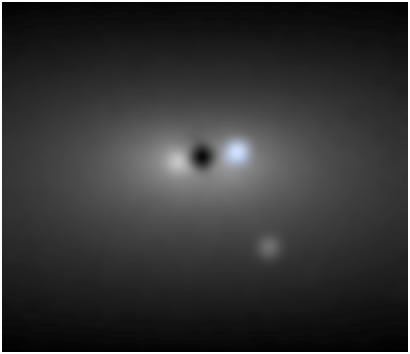|
Web loves space hardware. He believes that new instrumentation provides the key to new observations and new understanding of the Universe. He has spent much of his career building and flying sounding rockets with advanced instrumentation for space astronomy. He trains students in the hands-on art of developing space technology. On his quirkier days he likes to think of himself as a kind of Yoda: "For 800 years, Rocket Scientists have I trained." Web lives in Boulder with Cindy, his wife of 30 years. They have three grown children, two of whom have run off to the Big Apple while the other is completing law school in Denver. |
 Prof Cash will talk about his work in direct detection of exoplanets, developing a new and more effective means of finding and studying the planets around the nearby stars. He hopes to give you a glimpse of the future of space exploration. 
|

 Dr. Webster Cash is Professor of Astrophysical and Planetary Sciences &
Dr. Webster Cash is Professor of Astrophysical and Planetary Sciences &